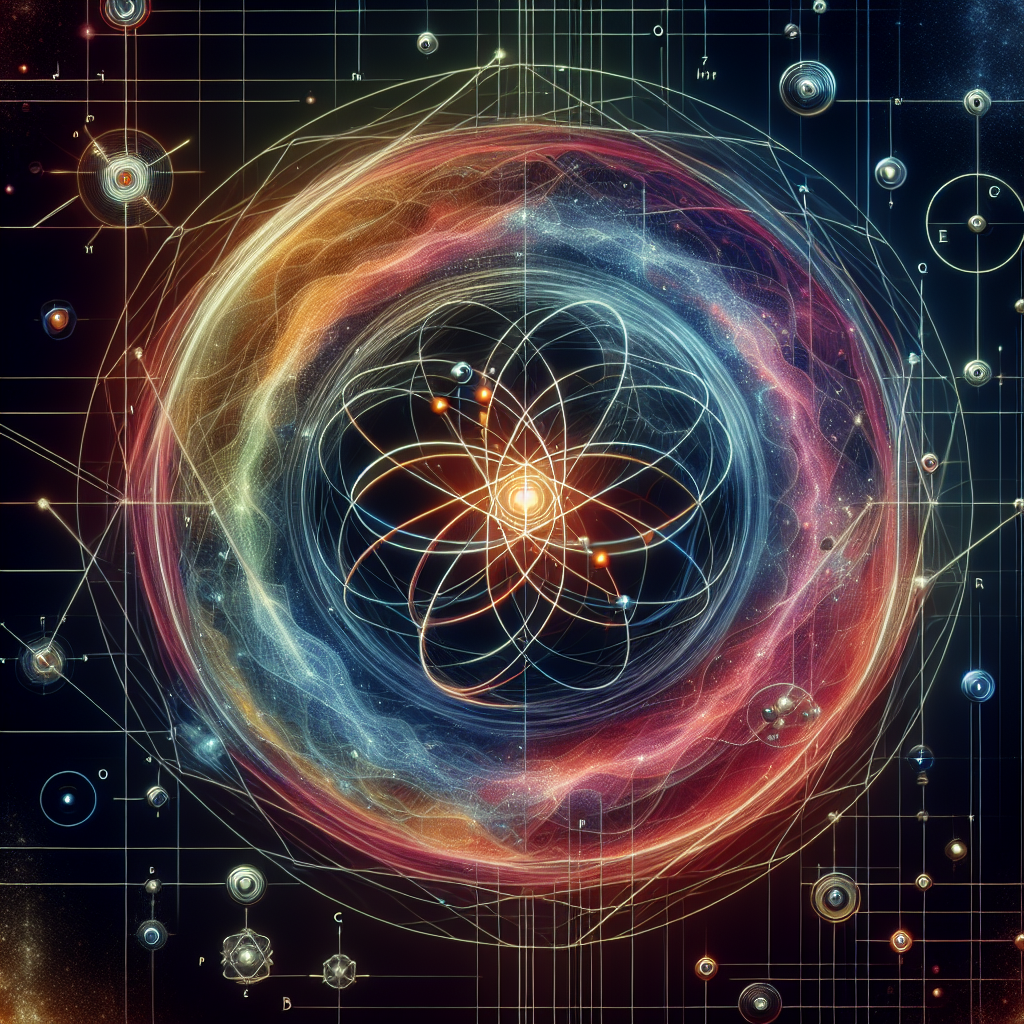
Which of the quantum numbers relates to the electron only? Which relate (s) to the orbital?
spin for the electron can be +1/2 or -1/2
n, l, m cover the orbital's location and orientation.
The spin quantum number,
Magnetic quantum number
Oh, let me entertain you with some quantum comedy! The principal quantum number (n) is like the electron's VIP pass, determining its energy level and distance from the nucleus. The azimuthal quantum number (l) tells us about the shape of the orbital, just like how different hats give clowns their unique styles. The magnetic quantum number (ml) adds a twist, describing the orientation of the orbital in space – think of it as a cosmic game of hide and seek for electrons! And finally, the spin quantum number (ms) is like the electron's dance moves – it reveals the spin orientation, either spinning up like a graceful ballet dancer or spinning down like a breakdancer. So, to sum it up, the electron has its own little party with the spin quantum number, while the orbital gets all fancy with the principal, azimuthal, and magnetic quantum numbers. Cheers to quantum quirkiness!
In quantum mechanics, there are four quantum numbers that help us describe the properties and behavior of electrons within an atom: the principal quantum number (n), the angular momentum quantum number (l), the magnetic quantum number (ml), and the spin quantum number (ms).
The principal quantum number (n) relates to the energy level of electrons in an atom. It determines the size and overall energy of an orbital. The value of n can be any positive integer starting from 1.
The angular momentum quantum number (l) is related to the shape of the orbital and determines the subshell in which the electron resides. It can take on integer values ranging from 0 to n-1. For example, if n = 2, l can be either 0 or 1.
The magnetic quantum number (ml) describes the orientation of the orbital in a specific subshell. It can take on integer values ranging from -l to +l, including 0. For example, if l = 1, ml can be -1, 0, or +1.
The spin quantum number (ms) describes the spin of an electron. It can have two possible values: +1/2 (spin-up) or -1/2 (spin-down). This quantum number relates specifically to the electron itself.
To summarize, the magnetic quantum number (ml) and the spin quantum number (ms) relate to the electron within an atom. The principal quantum number (n) and the angular momentum quantum number (l) relate to orbitals and the subshells within an atom.